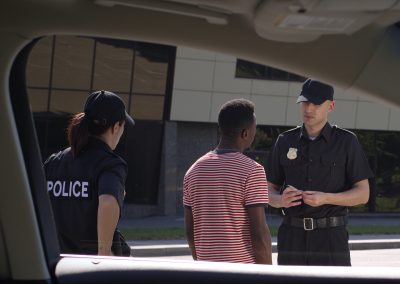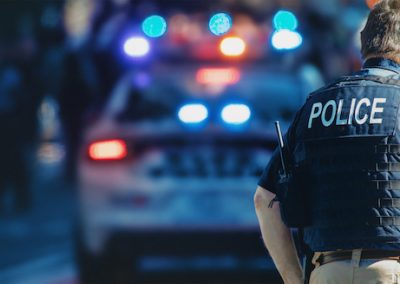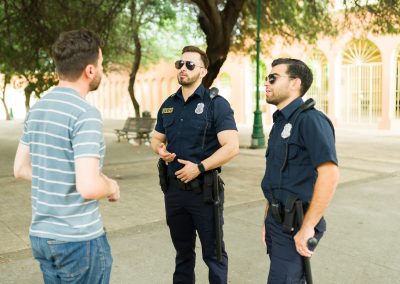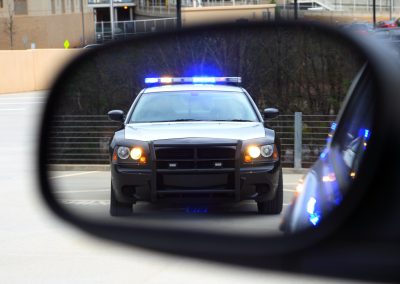RESPONSE-ABILITY, adverb: One’s ability to respond.
Police work has always been dangerous. But now, right now, is the most dangerous time to be a police officer. It’s not just bad-guys in the street. It’s far more insidious.
Never before has there been so much disrespect for the thin blue line. From race-baiting politicians and the subsequent violent protests to the pathetic news media manipulating headlines the brazen behavior of the punks on the streets these days, serving and protecting has gotten complicated.
But “complicated” doesn’t even begin to explain the domino effect of the politically correct movement. The problem runs deeper than political interference. It’s more complicated than debates over body cameras, less-lethal gadgets and policy reviews. The real problem is noxious and subtle, like carbon monoxide–you can’t see it or smell it while its toxic effects slowly poison you.
The real problem, in my opinion, is that politicians and an entitled generation of cry-babies have created a very dangerous malaise in today’s law enforcement community (and society in general) and the malaise can make officers question their instincts, intuitions and tactics for fear they will be a pawn in some sensationalized headline, a highlight of some edited smartphone video or some politician’s scapegoat. This hesitation is inarguably one of the most dangerous enemies of tactical decisiveness.
Microscopic judgments, from people who have no clue how to fight or have no idea how fast things can happen in the street, have cumulative affect. Oppression generates anger. Poor morale will absolutely affect tactical thinking.
OK, you get that I’m pissed. But how does this political rant factor into a column about combatives, defensive tactics and self-defense? Simple. Regardless of the current politics in your department, city or the country, you absolutely need to survive your next fight. And your next fight. And every fight after that.
In theory, you need to trust your training, your toolbox, your backup, your policy and your agency. You need to trust that the training you received will help you navigate your most dangerous encounter. You must trust that your policy and agency will back you and protect you.
The litmus test for this was something I coined more than two decades ago called the 97/3 rule. This contends that 97 percent of the people you meet will comply. Three percent won’t and it’s those 3%ers, the ones willing to injure or kill you to escape, that represent the benchmark for how training should be geared. If you train for the 3%er, you’re ready for 100% of your calls.
So the real question for you is: Do you feel you’re getting the right training? Are you getting the right amount of training? Is your training realistic, relevant and rigorous? And if you’re not, what then? Remember: The most violent dirt-bag you will face trains every day in the street. He has no use-of-force policy, therefore no-filter. You better be ready for the 3%er. That’s your responsibility.
What I’m about to say comes from my heart and its born out of respect for those who serve and protect. The system doesn’t truly understand what it takes for you to survive a violent fight. The system is doctrine. The system is a lesson plan. The system is inanimate. It’s not sentient. It’s not organic. It is not alive (like you) and therefore the system cannot fully prepare you for the emotional and psychological factors of a violent confrontation.
At a recent ILEETA conference I told the group this: “There is no evidence that what we are teaching police actually manifests itself in the street.” At first the group of trainers from around the world stared at me in silent disagreement. But then I played multiple videos of officers involved in various levels of chaos and fights for survival and I politely pointed out that no where did we see the technical complex motor skills taught in academies and in-service training.
Sure there are some extremely rare examples of tactics caught on tape, and every organization has their Rambo/Thor cop. But when you objectively look at many dash-cam, CCTV, or violent videos of a ‘real’ fight, where a 3%er–the subject willing to injure or kill you to facilitate their escape–you observe fear, primal and gross motor movements. You rarely see the training you received in the academy or in-service applied to the street. Think about that.
I’m excited about this column. My goal, along with my team, is to share behaviorally based training. Drills that were inspired by real confrontations and then reverse engineered into skills and drills that will have immediate impact on your awareness. Most of the movements will be based on natural survival mechanics so the learning curve for you will be immediate. My goal is purely to enhance your survivability.
This is the most dangerous time to be a cop. Your greatest responsibility is therefore your ability to respond.
Train hard and stay safe










0 Comments